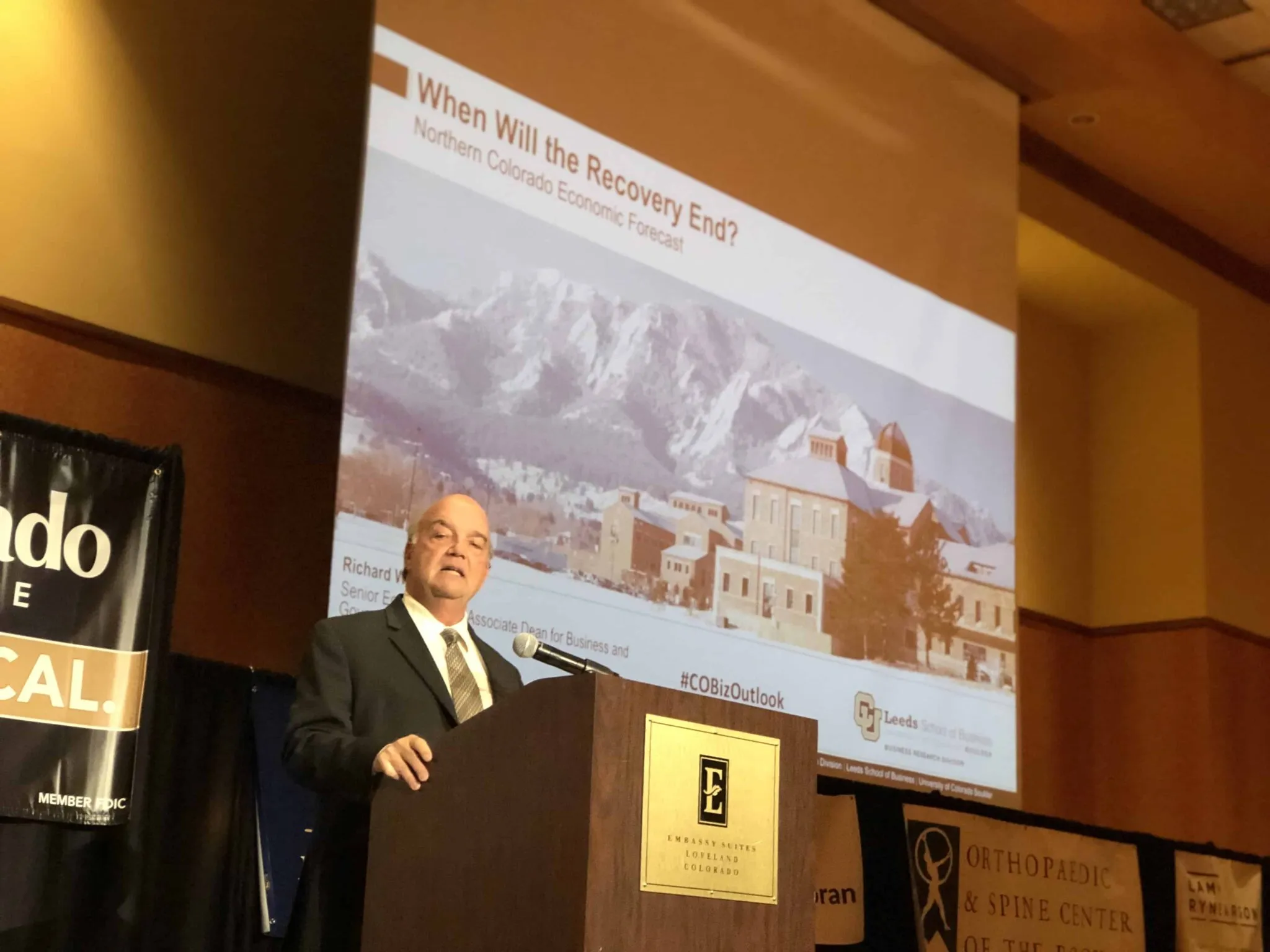Wobbekind: Northern Colorado most-prosperous part of state

LOVELAND — Rich Wobbekind kicked off the Northern Colorado version of his economic-forecast road tour with a complimentary description of the region’s economy, but also with a caution that the national economy will not grow at the fevered pace of 2018.
Wobbekind, executive director of the Business Research Division at the University of Colorado Boulder’s Leeds School of Business, delivered the keynote address at BizWest’s Economic Forecast 2019 event at the Embassy Suites in Loveland, referring affectionately to Northern Colorado as “the Northern territory.”
“The Northern territory, as you know, is probably the most-prosperous part of…
THIS ARTICLE IS FOR SUBSCRIBERS ONLY
Continue reading for less than $3 per week!
Get a month of award-winning local business news, trends and insights
Access award-winning content today!





